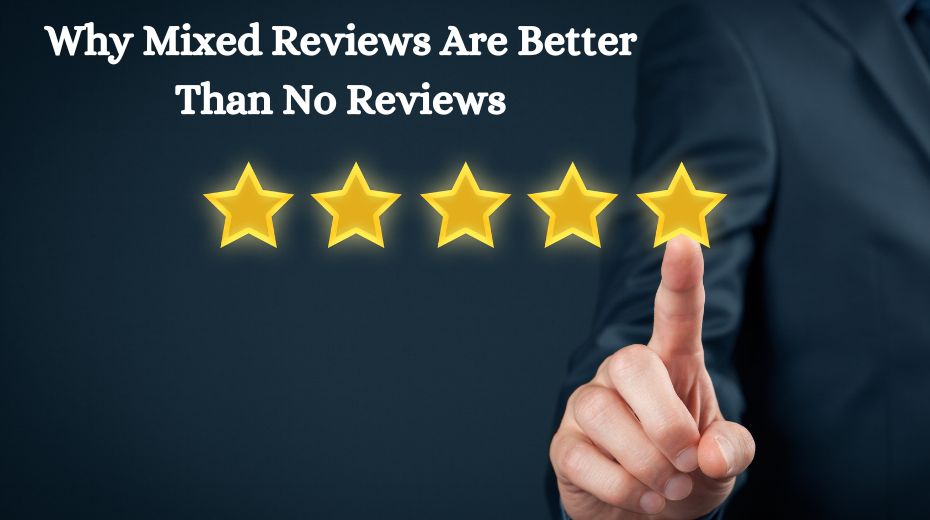
Why Mixed Reviews Are Better Than No Reviews
For authors, publishers, and even business owners, getting reviews can often feel like walking a tightrope. You hope for glowing praise, but sometimes you end up with critiques or “mixed reviews” instead. You might wonder, what is the point of having reviews if they’re not all stellar? Having mixed reviews is far better than having no reviews at all—and here’s why.
Comparison Table: Mixed Reviews vs. No Reviews
| Aspect | Mixed Reviews | No Reviews |
| Credibility | Builds credibility through authentic feedback. Shows both positive and negative experiences. | Lacks credibility. May be seen as untested or unpopular. |
| Engagement | Indicates that people are interacting with the product. Sparks curiosity and interest. | Suggests no interest or lack of visibility. Hard to attract attention. |
| Social Proof | Provides social proof, even with mixed opinions. | No social proof available, making it challenging to build trust. |
| Insight for Improvement | Offers constructive criticism for improvement. Sets realistic expectations. | No feedback to act on for growth or improvement. |
| Impact on Sales | Helps potential buyers make informed decisions. Bad reviews may even highlight unique product features. | No data or experiences shared, making the product less appealing. |
| Conversation and Visibility | Encourages discussion and interaction. Boosts product visibility. | No reviews mean no conversation, resulting in little to no engagement. |
Mixed Reviews Build Credibility
- Only glowing reviews can trigger skepticism—people may think they are manufactured or biased.
- Mixed reviews (including a few bad reviews) paint a more genuine picture.
- Positive and negative feedback shows real engagement with your product.
- Mixed reviews add authenticity, showcasing both strengths and weaknesses.
- Buyers prefer seeing a range of perspectives to make informed decisions.
No Reviews Means No Interest
- No reviews often translate to no interest, making your product unappealing.
- Reviews provide social proof; without them, it’s hard to convince someone to take a chance.
- Mixed reviews show engagement—people are reading, interacting, and discussing.
- Even imperfect reviews indicate the product is worth talking about.
- Mixed reviews spark curiosity, attracting more interest.
Bad Reviews Aren’t Always Bad
- Bad reviews provide insight into areas that need improvement.
- They help set realistic expectations for your audience.
- Bad reviews add credibility by showing honest, unfiltered feedback.
- Bad reviews can lead to more sales—readers assess if negative points are deal-breakers.
- What one person sees as a flaw, another may see as a minor issue.
- Mixed reviews help readers understand what they are getting into.
Mixed Reviews Spark Conversation
- Mixed reviews encourage discussion and increase engagement.
- Readers might comment, agree, or disagree, boosting visibility.
- More interaction increases the chances someone will give your product a try.
- Mixed reviews create dialogue, which is more beneficial than silence.
Leveraging Mixed Reviews to Your Advantage
- Use mixed reviews as a tool for growth.
- Respond to feedback (positive and negative) to show you value your audience.
- Engaging with reviewers can turn neutral or negative impressions into positive experiences.
- Mixed reviews provide opportunities to showcase growth and build a community.
Conclusion
Mixed reviews are undoubtedly better than having no reviews at all. They provide authenticity, build credibility, and show that people are interested. Bad reviews, as much as they may sting, also offer a chance for improvement and demonstrate that feedback is honest and transparent. Ultimately, mixed reviews foster engagement, creating a dialogue with potential readers or customers, and that engagement is what propels growth. So, the next time you receive a mixed review, remember that it’s far better than being met with silence.